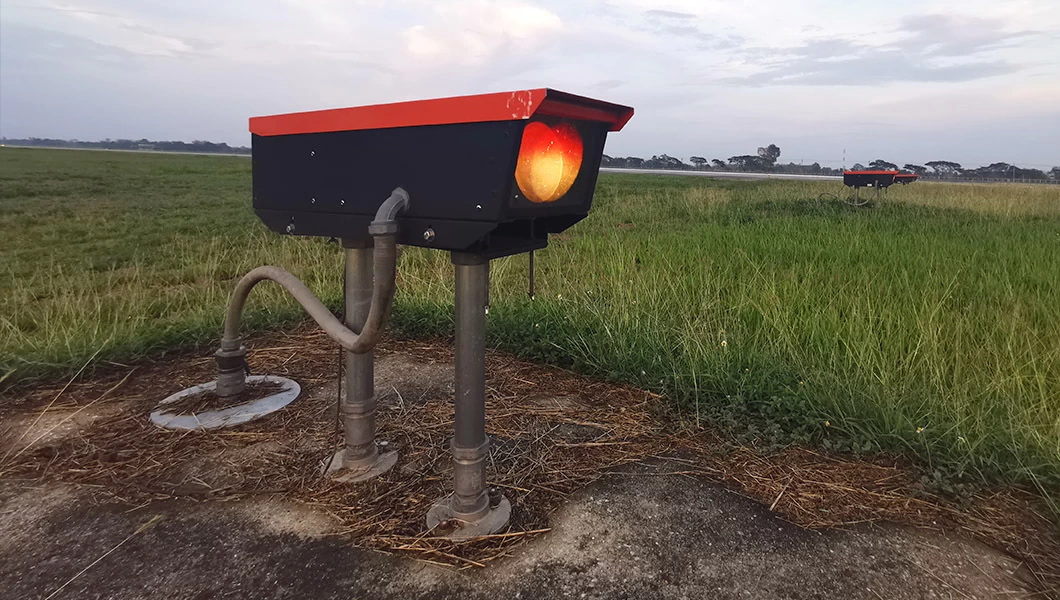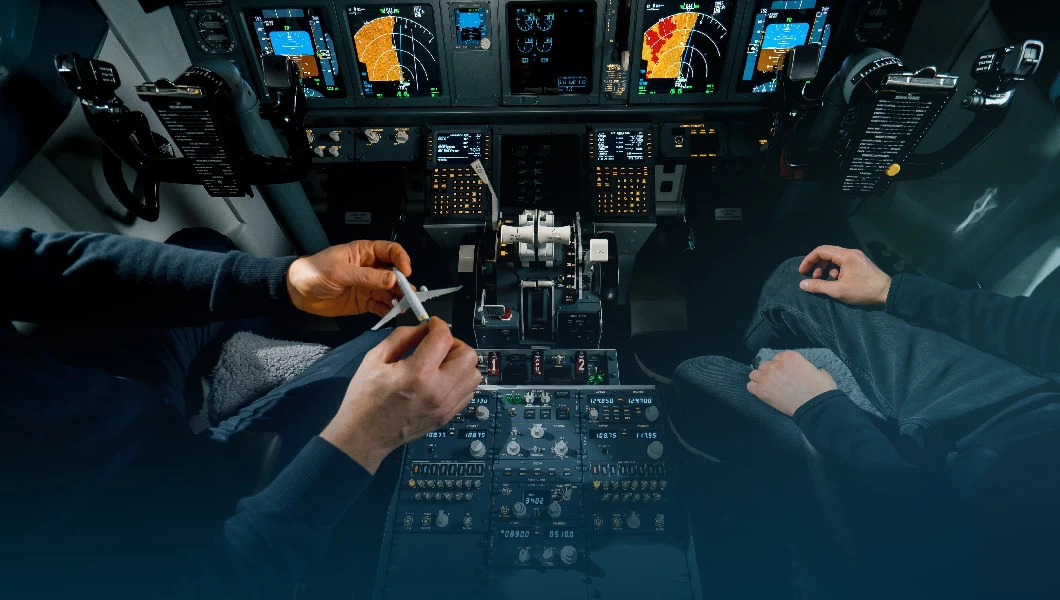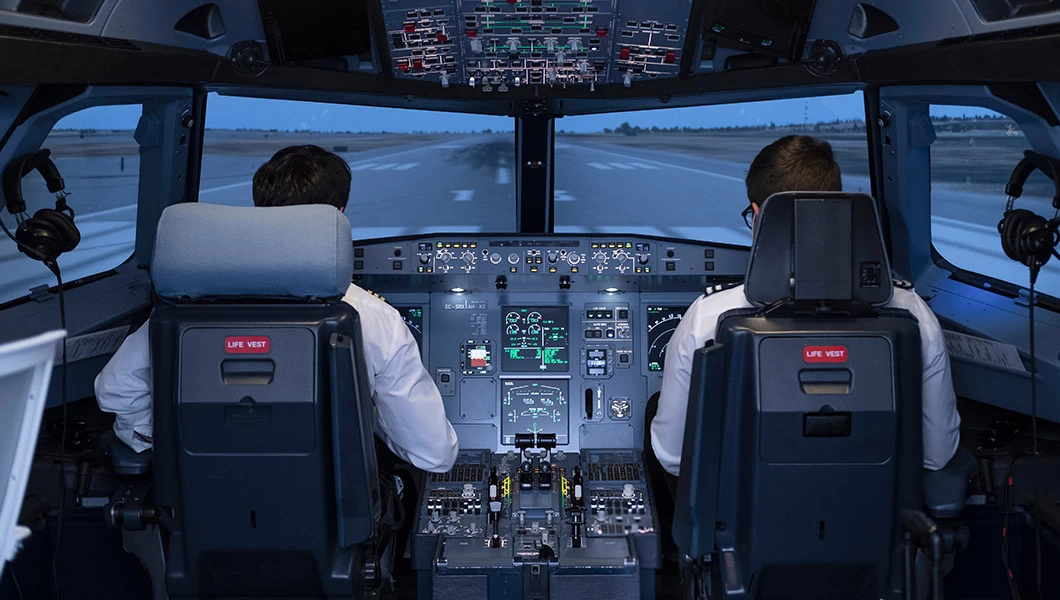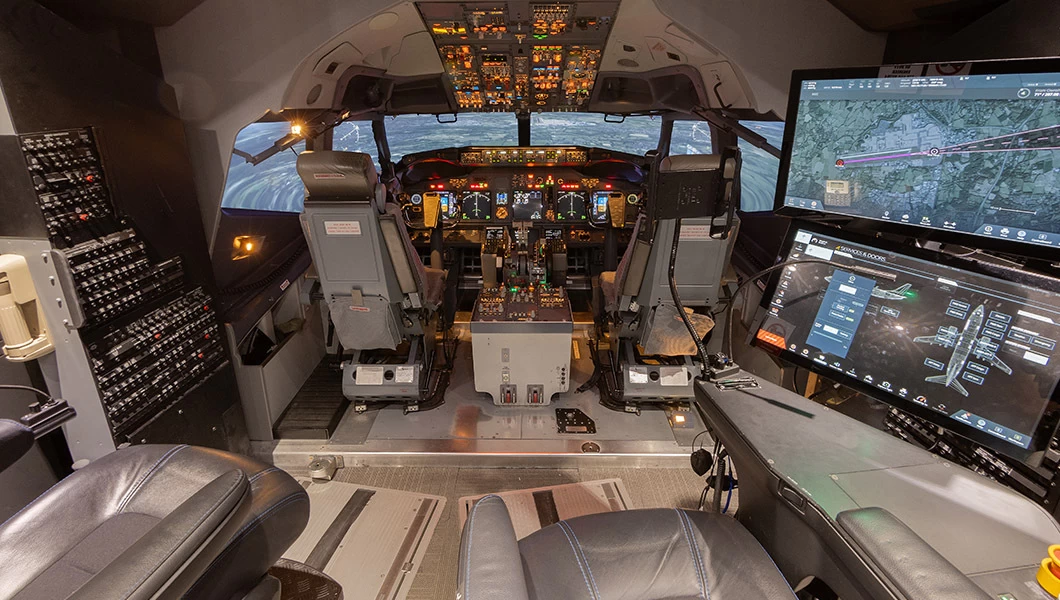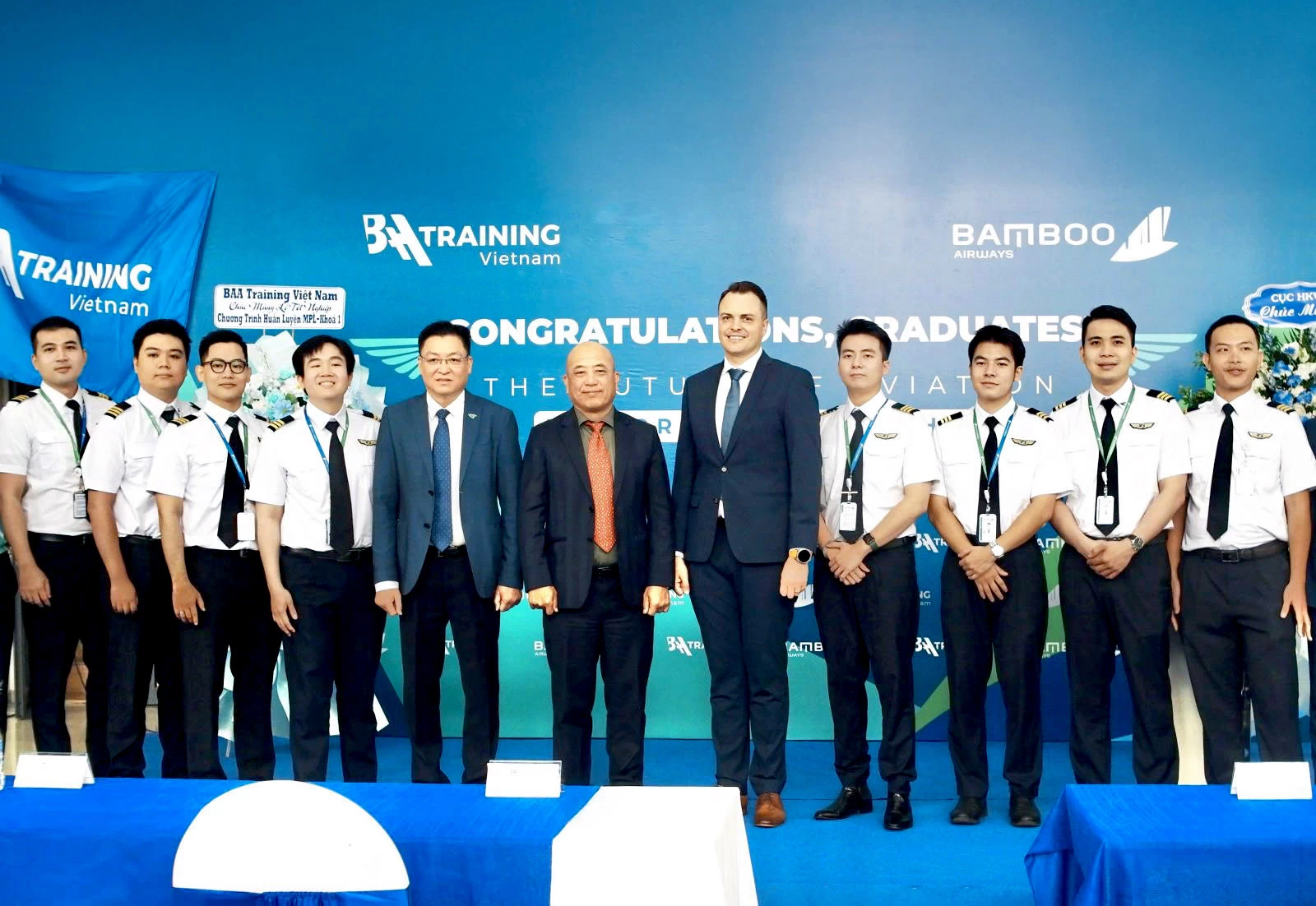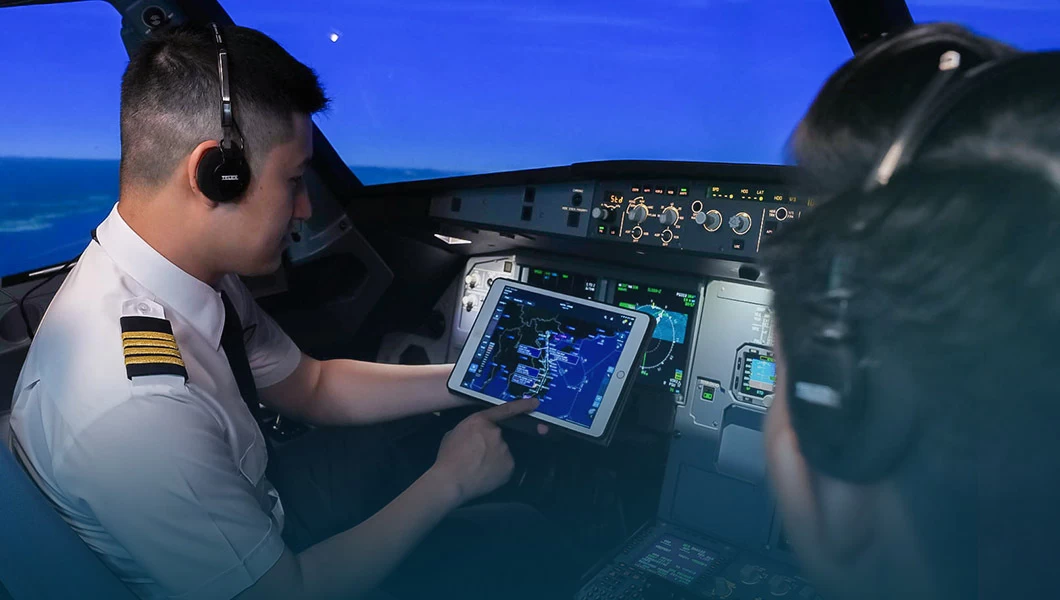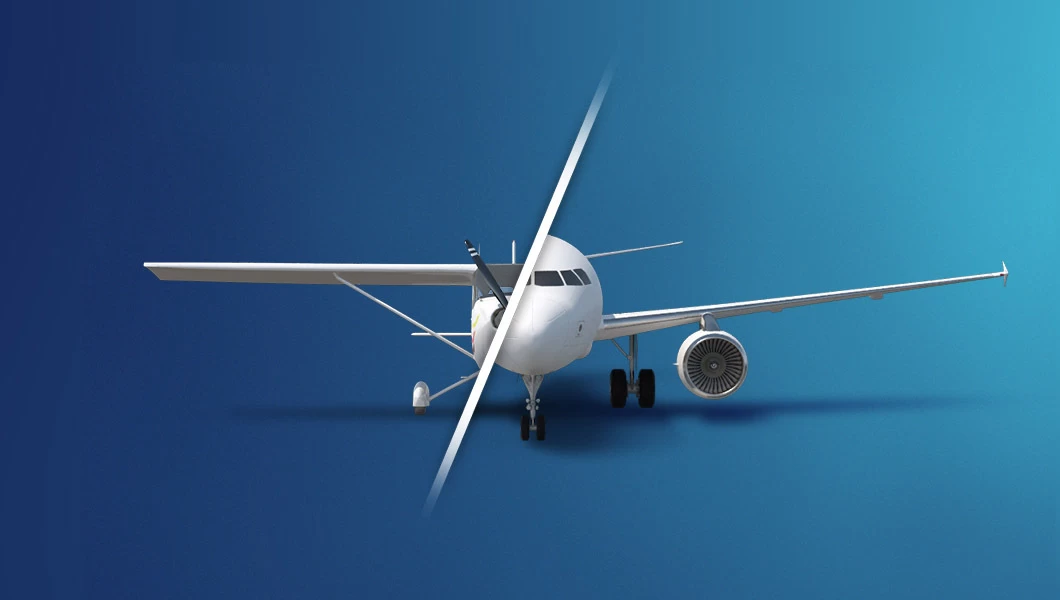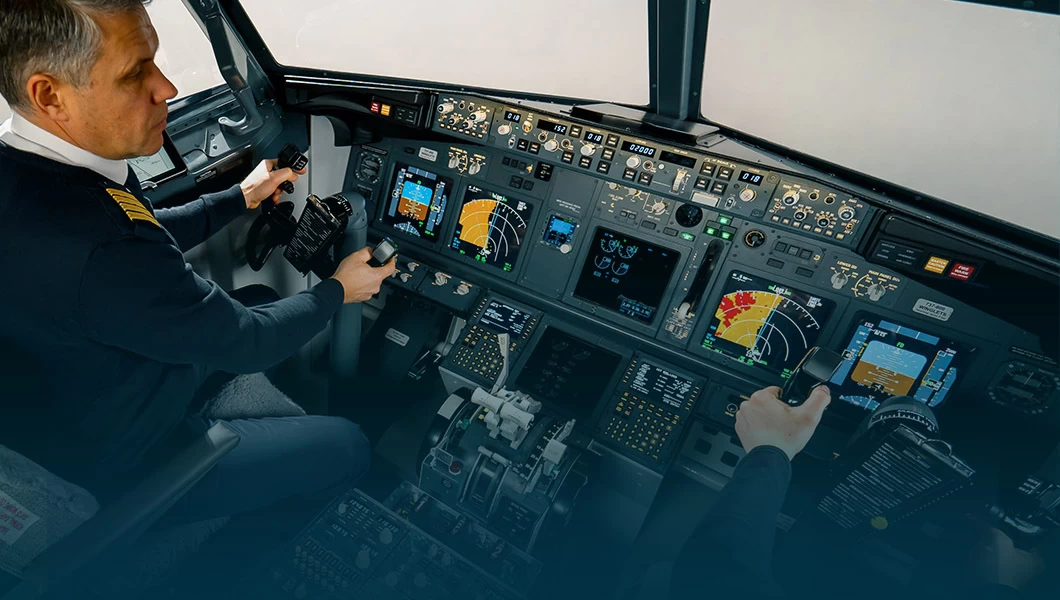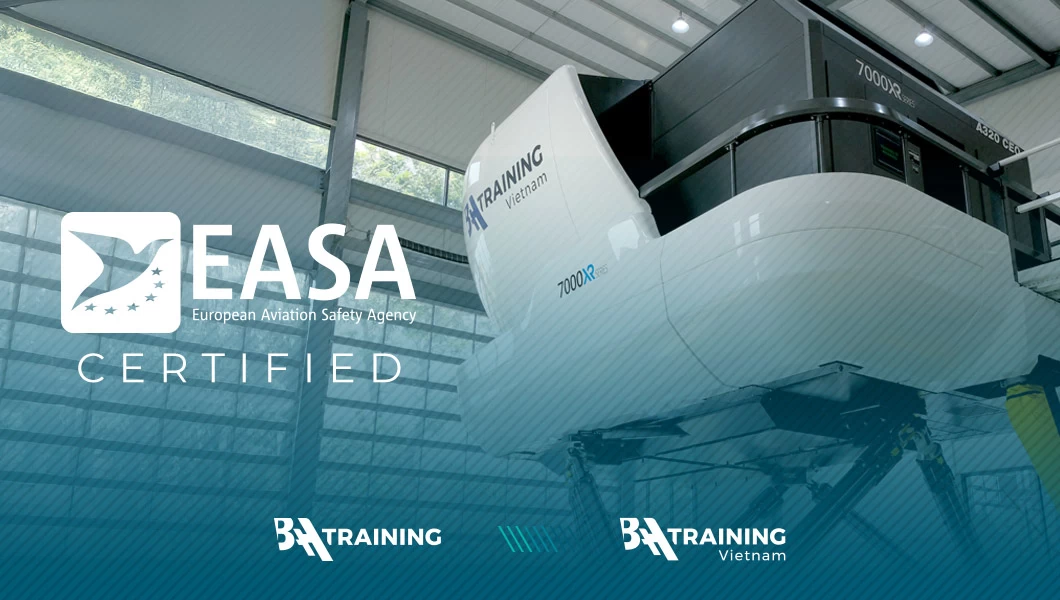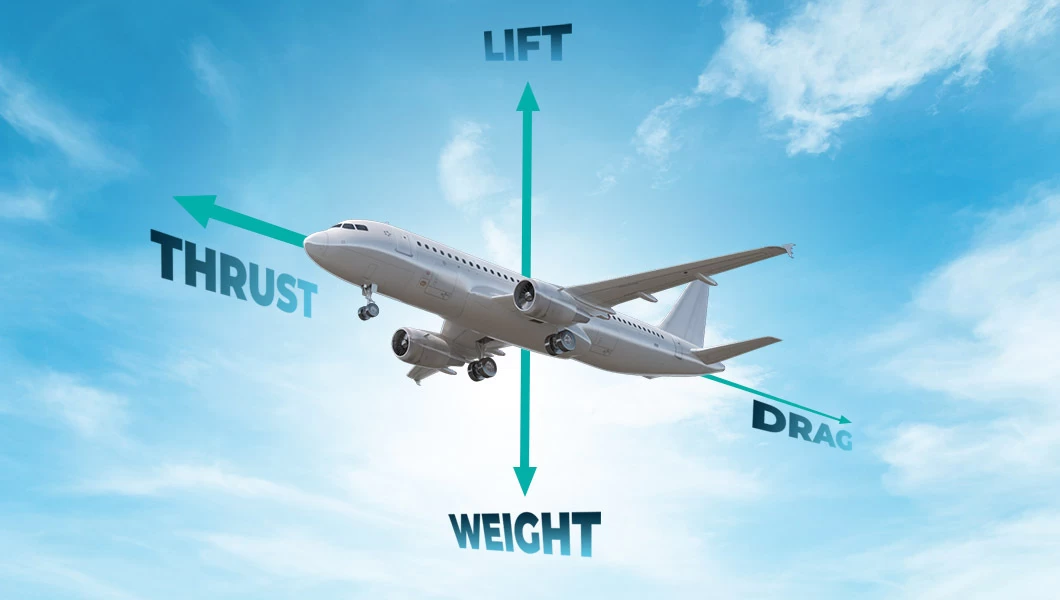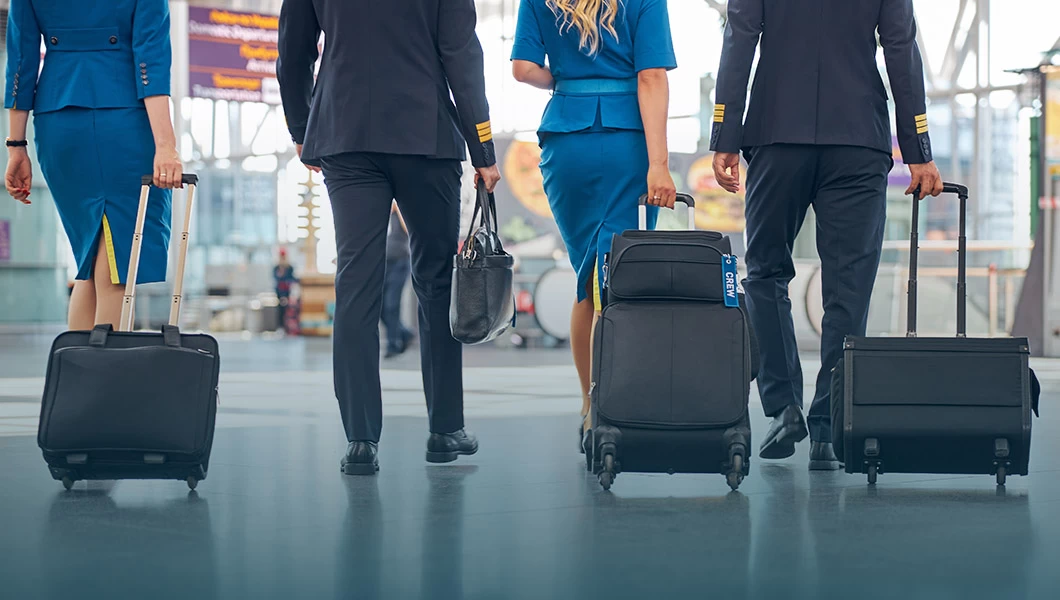We all know the common wisdom that pilot training costs are astronomical, but is this actually the case? By demystifying these costs and looking at ways to reduce, make the most of, or downright avoid them, we’ll have you ready for pilot training in no time.
Prefer to listen? Press play to hear this article.
How Much Do You Need to Spend to Become a Pilot?
The average cost of becoming a pilot is difficult to pinpoint exactly as it depends on the country where you learn, but a ballpark figure for a recreational license is around €10k+. For a full commercial license – the kind needed for a career working for an airline – you’ll need to include type rating qualifications, which can set you back €25k alone. This means that the total figure can easily climb beyond €100k.
If these kinds of sums are way beyond what you’re able to muster, head to the end of the article to learn about finance options. If not, there’s probably a different question on your mind: what does that money actually get you?
Course Fees
Pretty straightforwardly, putting together the resources, expertise, and certifications needed to operate FAA– or EASA-approved training and assessment programs isn’t an easy task. Admission is, therefore, expensive and can make up a significant portion of the overall pilot training cost.
Tuition
The second main expense is the time of the tutors involved in teaching – after all, one-to-one lessons are often required to develop the skills you’ll need to fly, and that kind of expertise doesn’t come cheap.
Equipment
When you remember that the tools of your trade are aircraft and flight simulators, the mounting costs begin to make sense. With initial purchase prices that run into millions of euros, the hundreds of hours that you’ll spend learning on these machines might soon come to be viewed as a bargain!
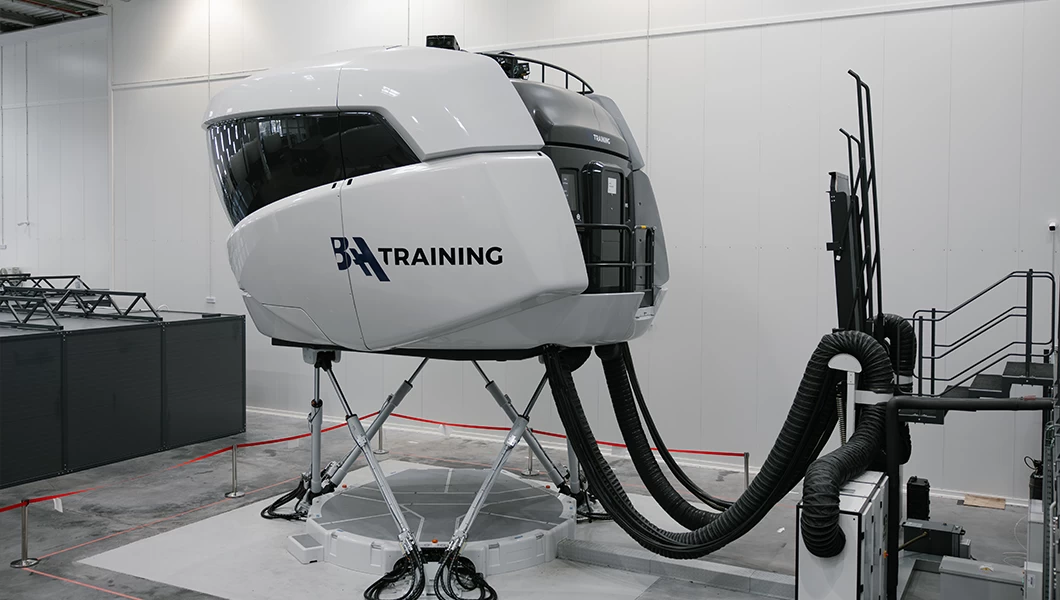
Unforeseen Costs of Pilot Training
Pre-Training Certifications
Medical check-ups, English-language proficiency tests, cognitive assessments – all of these have to be in place before a pilot begins training. It goes without saying that these things cost money, and responsibility for them falls outside of the remit of the flight school.
Equipment Costs
The uniforms, headsets, and other gear that are required for flight training contribute to the mounting costs, as do any other tools that you might need to help you learn. Aspiring pilots often purchase a new laptop or iPad to help with the learning process, for example – unless you study at BAA Training, where the costs of iPads and training materials are included in the program fee.
Travel and Accommodation
The specialized nature of pilot training means that it can’t occur over the road from you, but this is an area where it’s worth committing. Choosing a school that provides accommodation or shuttle services, or even relocating for the duration of your studies, is recommended, freeing you from worrying about the commute and ensuring that you’re able to fully focus on qualifying.
Relocating might sound expensive, but it can even be a cost-saving procedure in itself. By comparing schools in different countries to find low-cost options, it’s possible to offset the cost of relocating and even come out ahead. At the Lithuanian training facility operated by BAA Training, for example, students from Italy, Germany, and elsewhere experience world-leading instruction at a reduced cost, and these savings more than make up for any difficulties incurred while moving.
Time
Possibly the most underacknowledged hidden cost involved with learning anything new is time. If you’re not working for 2 years as you earn your wings, then that’s 2 years’ worth of salary that you’re not bringing in, but bills still need to be paid. You’ll also need to factor in the post-training job hunt, as this lasts an average of 23 months after graduation. In contrast, at BAA Training, the post-graduation delay is generally shortened to a much more manageable 6 months.
Financial Planning for Would-Be Pilots: Tips and Tricks
Be Flexible
With the unforeseen costs of flight training in mind, give yourself some wiggle room. If your chosen course costs €75k, for example, don’t go in with €75.1k, as you’ll always be one unexpected bill away from complete catastrophe and may face having to drop out. This is one of the most common budgeting mistakes for aspiring pilots, and avoiding it is key to success.
Be Focused
Similar ARTICLES
If you’ve set your sights on becoming a pilot, then keep them there. It might seem too expensive in the short term, but a quick glance at commercial pilot salaries should put any fears about long-term feasibility to rest – see this as an investment in your future.
Be Patient
Depending on your situation, it might be better to defer entry for a year or so while you accumulate savings than to tie yourself up with unfavorable conditions just to get started right away. Always study the small print of any financial agreement to make sure that the terms suit you – especially one that’s linked directly to your future career.
Be Certain
This is a huge financial and time commitment, so be certain you’re ready for it. If you drop out, you’ll still incur the costs but without the future earning potential that qualifying as a pilot would bring. Being saddled with huge debts without the ability to recoup them is something every aspiring pilot should seek to avoid.
Be Serious
Your PILOT CAREER
starts with a first click
Missed lessons still have to be paid for, so treat pilot training with the respect that it deserves. You’re not a high-schooler anymore, so be attentive, work hard, and give it your all. There’s nothing in life more frustrating than failing at something but knowing you could’ve succeeded if you worked harder.
Study the Details
Obtaining your pilot license is an exercise in studying, but so is the task of choosing the right program itself. Paying attention to the number of training hours provided for the cost is a crucial element of ensuring that you qualify and are ready to enter the industry, as sub-par flight schools can be found the world over. While it’s difficult to give general rules, there’s perhaps one that sticks out: more is better. Always be sure to cross-check the number of hours of instruction when comparing two potential courses, and you’ll stand yourself in good stead.
Are There Ways to Reduce the Cost of Becoming a Pilot?
Financing
While not strictly a reduction, deferring some of the up-front costs of pilot training by taking advantage of long-term financing options can be a great way to get your foot in the door and leverage your future income. As with any loan, the key is in reading the small print.
Discounts
Some flight schools offer discounted training courses for staff, on top of the salary that they pay their workers. Working at a flight school to access their discount while saving to pay for your licenses is a great way of attacking the problem from two fronts and is seriously worth considering for any aspiring pilot.
Taking the Modular Approach
Some schools, including BAA Training, allow future pilots to approach their studies in a more gradual way, spreading the cost of learning over a more manageable period by paying per module. This approach has other benefits, too: it can be molded to fit around a busy lifestyle, and can even be easier for those who learn better when given more time.
Intensive Study
For some, condensing the study program into as short a time as possible is key to reducing costs, as it cuts down on the length of time you’re not working. Trying to organize sessions without delay is an important principle that any aspiring pilot looking to save on training costs should consider utilizing.
Bundling
In the same vein, some schools offer discounts for bulk training packages, such as those that include Type Rating when purchased alongside the ATPL Integrated course. While representing a larger commitment (both financial and in terms of time), this can be a great way to get the most value out of your training experience.
Getting in Touch
Ultimately, the end goal of even the very best flight schools is to enroll students and train future pilots. If you’re struggling to put together the cost of becoming a pilot, contacting the place where you’re looking to study and explaining your circumstances is never a bad idea. They may have flexible schedules or financing options that could help you train.
Other schemes, such as BAA Training’s Pilot Runway, even come with job guarantees, making them perfect for pilots who want to transition into the industry as fast as possible after graduation – let’s be honest, who doesn’t?


